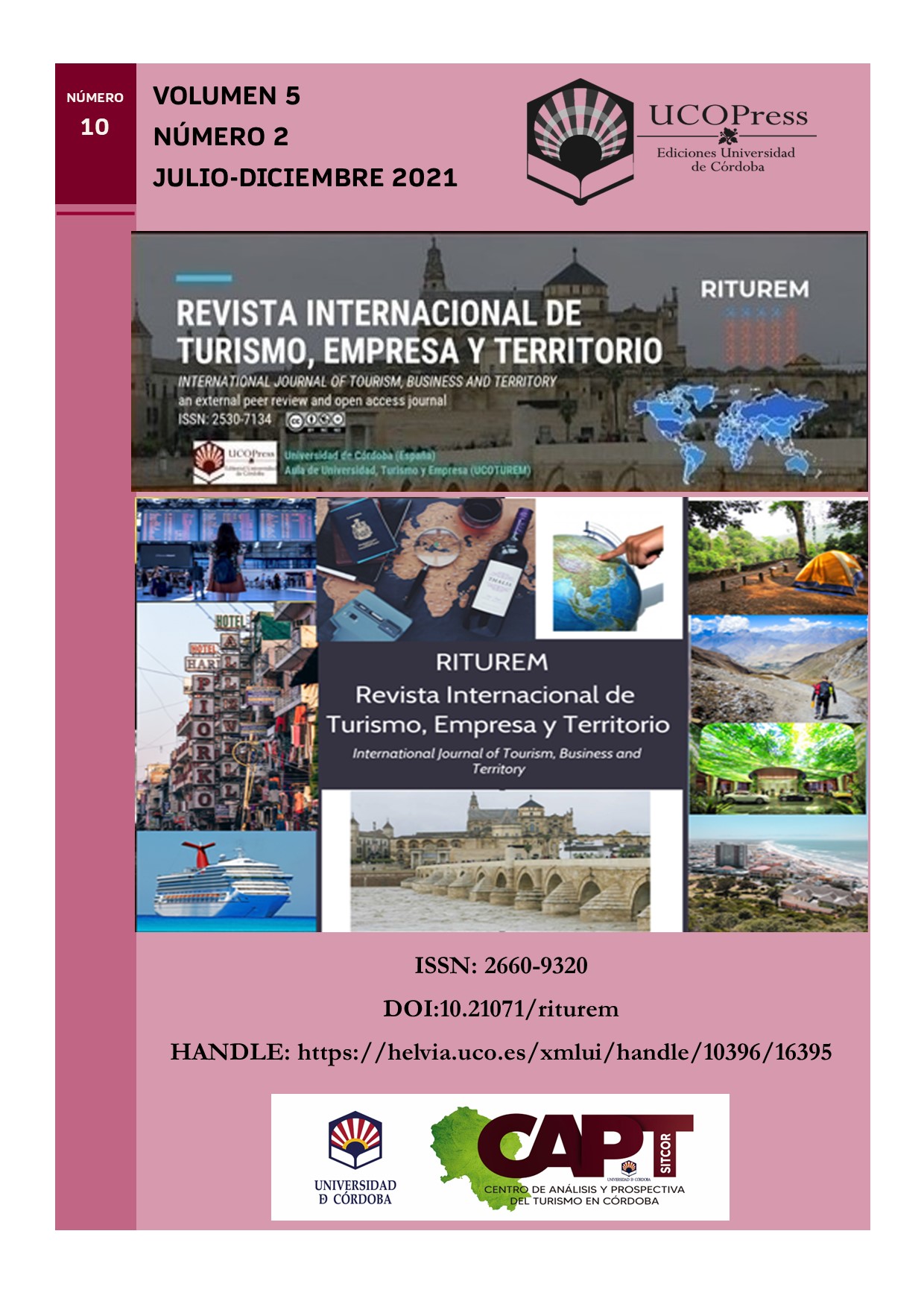Digital Marketing trends of travel agencies in COVID-19 times
Main Article Content
Abstract
The tourism sector crossed for an unprecedented crisis at the global level during the year 2020 due to the pandemic caused by the Sars-CoV-2 virus, which has forced all public and private actors in the tourism value chain to focus their efforts on overcoming the crisis. In this sense, it is essential that travel agencies carry out studies to reformulate their goals and modes of action in a possible recovery stage. In an environment characterized by different trend, it is necessary that marketing processes use to meet the real needs of customers from all possible perspectives. Therefore, this investigation proposes to determinate the best practices regarding the digital marketing of products in travel agencies in COVID-19 times. To this end, it was proposed to conduct a study taking into account the management of different traditional agencies that have adapted their business models to the new technological scenario. Finally, different trends were identified such as marketing automation, the use of inbound marketing, Search Engine Optimization and Social Media Marketing tools, artificial intelligence and the big data to improve the customer service in travel agencies.
Keywords: Travel Agencies; Digital Marketing; COVID-19; Trends.
Downloads
Article Details
Copyright Notices Proposed by Creative Commons
Proposed policy for journals offering deferred open access
Those authors who have publications with this journal, accept the following terms:
1. The authors will retain their copyright and guarantee to the journal the right of first publication of their work, which will be simultaneously subject to the Creative Commons Recognition License CC BY-NC 4.0 (Creative Commons — Attribution-NonCommercial 4.0 International — CC BY-NC 4.0 ) hird parties to share the work provided that its author and its first publication is indicated this journal and no commercial use is made.
2. Authors may adopt other non-exclusive licensing agreements for the distribution of the published version of the work (e.g., deposit it in an institutional telematics file or publish it in a monographic volume) provided that the initial publication is indicated in this journal.
3. Authors are allowed and recommended to disseminate their work over the Internet (e.g. in institutional telematics files or on their website) before and during the submission process, which can produce interesting exchanges and increase citations of the published work. (See The effect of open access: http://opcit.eprints.org/oacitation-biblio.html.
